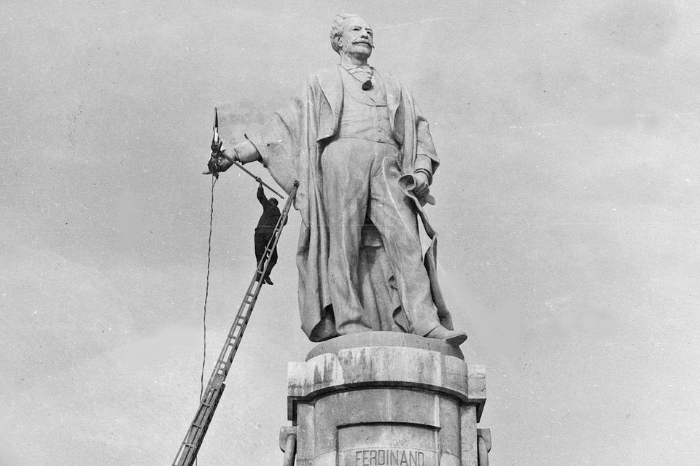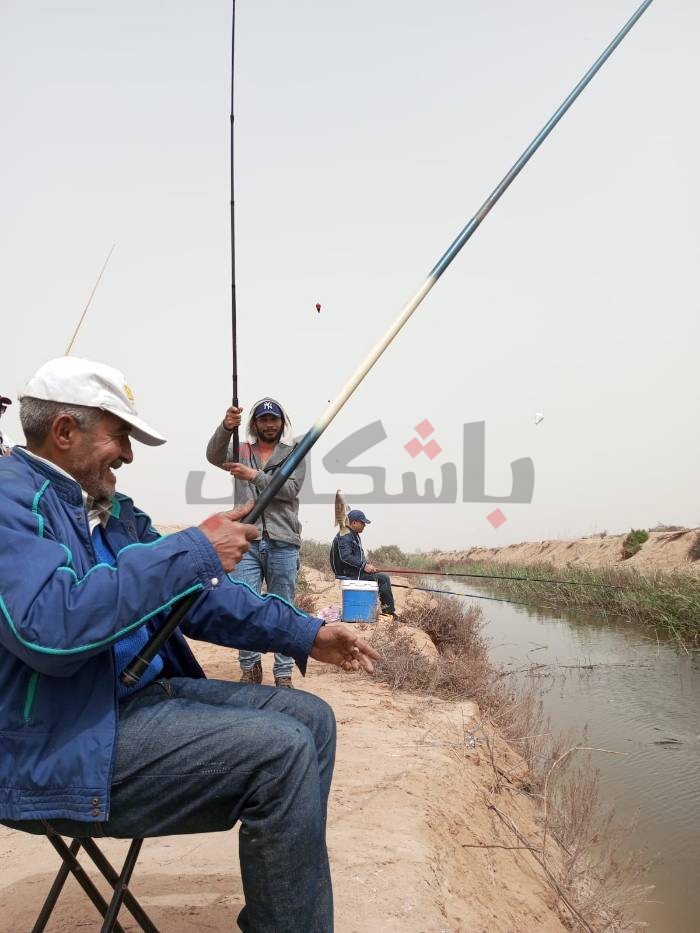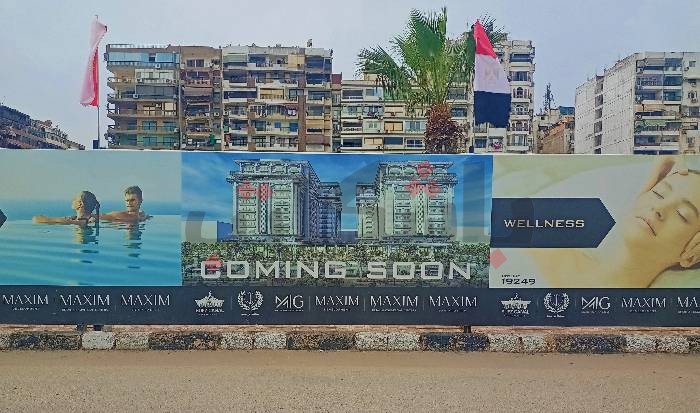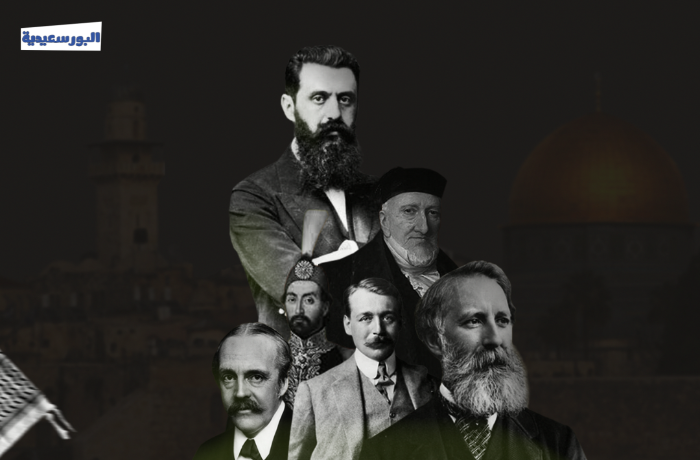On December 7th, 1894, the Suez Canal Company discovered financial credits and allocated two million francs to erect the statue commemorating Ferdinand De Lesseps, the engineer behind the Suez Canal project. By November 17th, 1899, the statue stood at the northern entrance of the canal. Over the years, the statue has witnessed significant historical moments and, even in the 21st century, continues to stir controversy.
Since the Suez Canal Museum’s trial opening last March, featuring the De Lesseps statue, and the official opening of the museum on July 26th – coinciding with the 68th anniversary of the Suez Canal’s nationalization – the debate among Port Said’s residents has reignited: should the statue remain in the museum or return to the governorate?
The De Lesseps statue, crafted by French artist Emmanuel Frémiet in the 19th century, is more than just an artistic masterpiece. It symbolizes De Lesseps' role in conceptualizing the Suez Canal, managing its opening in 1869, influencing Egypt to sell its shares in the Suez Canal Company, and paving the way for British occupation in 1882 by imposing French and English financial control over Egypt's treasury.
Since it was situated in Port Said, the statue has been a focal point of animosity, culminating in 1956 when Port Said’s “guerrilla fighters – fedayeen” attempted to dynamite it during the tripartite aggression against Egypt. Mohamed Bayoud, a member of the Supreme Council for Heritage and Urban Coordination in Port Said, recalls this historical event.
Following the tripartite aggression, the statue was placed in the warehouse of the Port Said Naval Arsenal. All that remained at the “tourist walkway” in Port Said was the ancient base inscribed with "Ferdinand De Lesseps," symbolizing the bravery of Port Said’s people and their resistance against a 72-years-long occupation.
The statue remained in the Port Said Arsenal’s warehouse for over 60 years until it was transferred to the Suez Canal Museum in Ismailia Governorate. Now, it stands in a hall ominously numbered 13, at the museum’s center. The debate continues among Port Said’s residents, divided between those advocating for the statue to stay in the museum and those insisting it belongs in Port Said. In 2020, the statue was designated as an Islamic and Coptic monument, with approval from Prime Minister Mostafa Madbouly, according to press reports.
Part of Port Said’s Heritage
Maha Saber, a housewife, advocates for the statue’s return to Port Said, emphasizing its historical significance to the city. She asserts, “the statue should not be abandoned; it is part of our heritage.” This sentiment is echoed by Omnia Gouda, an enthusiast of historical sites, who believes the statue’s presence is crucial “because it reminds us of a vital part of our country’s history.”
Conversely, Mohamed Bayoud staunchly opposes the statue’s return, arguing that those supporting its return are residents unfamiliar with history, influenced by the “Friends of De Lesseps” Association. According to Bayoud, “they are the ones who stir up the controversy over the return of the statue from time to time for the sake of foreign interests.”
Press reports indicate that discussions about returning the De Lesseps statue to its original base have resurfaced since President Mohamed Hosny Mubarak’s era. The Friends of De Lesseps Association in France offered to pay 50 million euros annually for the statue’s return, coupled with an annual ceremony attracting thousands of tourists.
This financial proposal, announced by Eng. Essam Al-Zohairy, head of the Tourism and Media Committee of the local People’s Council in the governorate, before the Culture, Tourism and Media Committee of the Parliament in 2009, faced popular rejection despite some support within the ruling National Party at the time.
Subsequent governors of Port Said revisited this issue, including Major General Samah Qandil, former governor of Port Said, who, in February 2014, announced plans to inspect the statue’s base site and place two additional statues, the De Lesseps statue. The proposed arrangement would position the statue at the end of the tourist walkway towards the entrance of the Suez Canal, flanked by statues of the Egyptian Worker who dug the canal and the late leader Gamal Abdulnasser, who nationalized the canal.
Bayoud confirmed that discussions have not progressed to an official level within the Supreme Council for Heritage, adding that the date for the museum’s opening, which President Abdulfattah Al-Sisi is expected to attend, has yet to be announced.
Egyptian Worker Statue
Among those opposing the return of the De Lesseps is Rasha Ibrahim. She believes that the former governor’s proposal to erect a statue commemorating the Egyptian worker who endured forced labor and perished while digging the canal at the northern entrance is commendable and should be realized. However, she asserts that it should not be accompanied by the De Lesseps statue. “I think that the worker who dug the canal is the one who should be part of Port Said’s heritage,” she states.
Mohsen Ashry, a 64-years-old Port Said resident and member of the Tanbūra Band, which preserves the art of the Simsimyya, concurs with Rasha’s viewpoint. Having experienced the period of the setback, during which he was forced to leave his city before returning to work in the Housing Directorate, Ashry supports the idea of erecting a statue of the Egyptian Worker. “I support the idea of placing the statue in the museum to educate people about history and tourism. The De Lesseps statue, in contrast, represents the occupation,” he emphasizes.






